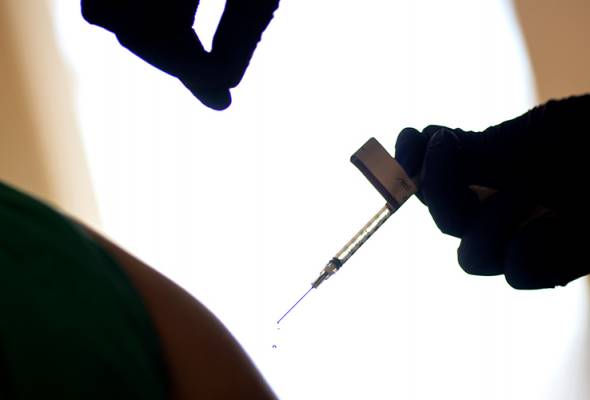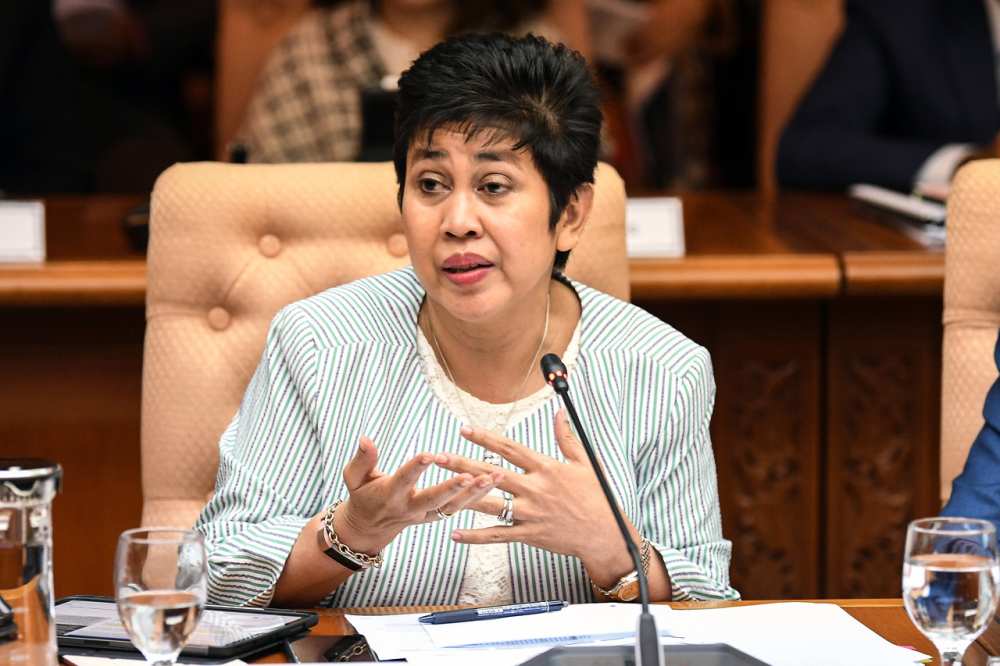
Published in Astro Awani, The Malaysian Insight & Focus Malaysia, image by Astro Awani.
Health Minister Khairy Jamaluddin mentioned that only 47.9 per cent of Malays have received the booster dose. This is similar to Indians (56.4 per cent), Orang Asli (49.6 per cent) and others (50.6 per cent) but a stark contrast compared to the Chinese (81.3 per cent).
Are Malays more booster-hesitant?
Despite the apparent observation, this is a complex issue that cannot be simply boiled down to ethnicity. For example, a survey by Syed Alwi and colleagues on Covid-19 vaccine acceptance and concern among Malaysians found the vaccine acceptance percentage as follows: Malays (84.7 per cent), Chinese (79.2 per cent), Indian (72.1 per cent of Indians and 77.4 per cent for others.
Although generally these are showing similar levels between races, Malays were in fact the most accepting group when the survey was conducted in late December 2020.
If we assume that the study represented Malaysia’s population well, and that booster hesitancy is driven by similar concerns across the same demographics as with Covid-19 vaccine hesitancy, then a similar level booster uptake is expected.
Demographic proportions could play a role in these figures but to simplify discussions, we assume that these two sets of data can be accurately extrapolated. In doing so, it would appear that the booster acceptance level among the Chinese is similar to results from the survey, but significantly lower for others.
Therefore, reasons for why this appears to be different between earlier vaccination campaigns and current booster drives must be explained by other factors across time.
The clear difference between the two sets of data is the circumstances around different times which appear to have affected different demographics differently.
The time when the survey was conducted (December 23–29, 2020) was just a few months before Malaysia executed its primary vaccination drive, compared to the booster uptake that occurred recently.
The initial Covid-19 vaccination campaign also faced considerable hesitancy, but the outcome of the vaccination was clear: it helped curb severe Covid-19 disease, which helped alleviate public healthcare burden, which then allows economic reopening and provided some hope towards “old normal”.
However, the emergence of Omicron and the subsequent need for boosters appear to affect different races in a different way.
In the absence of a primary study directly asking people why this appears to be the case, we can only postulate possible contributing factors.
For example, it could be that the Chinese people, who are relatively more involved in businesses see the importance of boosters more than others – whether they like it or not or whether they believe in the authorities or not. Either way, it could be that Malaysia’s success in the first and second dose of the vaccination drive which helped reduce severe Covid-19 disease and allowed for economic reopening could have a solidified their pre-existing acceptance level.
As the Chinese people also occupy higher percentiles of income compared to other races in Malaysia, it could be that having more disposable income incentivises booster uptake among higher percentile income earners as boosters (and vaccination status) allows for more freedom of movement and activities to be conducted such as travelling and visiting certain venues (stores, shops, workplaces, etc.) that require “fully vaccinated” status.
External influences may include China’s earlier success in managing Covid-19 and the rollout of various Chinese vaccines which could have also contributed to a higher trust in vaccines in general, including boosters.
Thus, even in the face of conspiracy theories and prevailing discourse on the uncertainties surrounding mRNA vaccines and Big Pharma (it certainly doesn’t help that some Big Pharma are plagued with reputational issues) it could be that the Chinese have a clearer alternative that they can put their trust in, especially when vaccines and boosters appear to the only mainstream solution on the table.
On the other hand, the Malays and Indians (and other races) may not have these same factors that would otherwise promote boosters for them. Thus, the lack of choice and place to put their trust, the pandemic fatigue, the prolonged outlook of the pandemic through continuous virus mutations, and news of unending need for vaccines could have a worsening impact on acceptance levels for others.
Of course, there are other parameters. Older age groups tend to be more hesitant, and rural folks might be more isolated in terms of access to education, information and economic activities.
Therefore, if (to be verified) more Malays occupy rural areas and there is a larger share of older groups in these areas and these people are more involved in isolated economic activities (all relative notions to other races), surely the impact would be observed at the ethnic level.
This means that surface observations on acceptance levels between races are underlined by other factors. Such a hypothesis remains to be tested and these are broad stroke speculations that can only be verified through direct primary studies such as polls and surveys.
Different communication and campaign strategies for boosters
When the idea of boosters came about there was quite a considerable dispute among experts and authorities over its need. This was unlike the time when Covid-19 vaccines were being developed and promoted as the only viable option “out” of the pandemic.
The initial panic surrounding Covid-19, pressure from the healthcare and economic sectors pushed vaccines almost unanimously from official channels and from the authorities. Even with such pressure, there was significant hesitancy towards Covid-19 vaccines.
In contrast, even in mainstream channels, there was considerable discussion on whether boosters are needed or not. Surely this does not bode well as far as convincing the public goes.
Therefore, despite people’s uncertainties concerning boosters (such as potential side effects and health concerns), reasons and potential factors mentioned above could have resulted in the apparent differences in the level of acceptance of boosters between different races.
With such a backdrop, clearly, a more sophisticated communication strategy and public engagement are needed. EMIR Research mentioned in an interview that trust deficit is at the heart of the issue, and mostly regarding health concerns.
Relying solely on firmer approaches would likely garner significant public backlash and would not help in improving trust levels in the long run. How people respond to “threats” depends a lot on their respective circumstances, which, as mentioned above, could generally be different between different races.
EMIR Research has suggested in previous writings (1)(2) that one of the potential strategies is for authorities to engage trusted and neutral experts from various fields for a science-communication campaign.
This could be a combination of independent and neutral healthcare experts, scientists from relevant backgrounds (e.g. epidemiologists, immunologists, geneticists, virologists, biotechnologists, etc.), science communicators, and media professionals formed as a long-term task force to conduct communication and public outreach campaigns consistent and persistently.
As with any strategies to shape public opinion (in this case, specific to the Malays), engaging with key-opinion-leaders in the Malay society and other Malay community leaders or influencers could be a powerful strategy.
The Ministry of Health had set up a team for this and they have done a great job with data crunching, analysis, and data presentation in their portals.
However, said campaigns may have to go even wider and deeper. It has to be a constant movement that is persistent, done deep within communities, and in both mainstream and non-mainstream platforms.
A lot of misinformation is transferred over communication platforms that are unregulated. So, such campaigns must not ignore these outlets.
State of politics influences public opinion
Politics is a key element in societal cohesion, which is a key element in determining the general direction of public opinion, thus, affecting the level of public acceptance towards public policies such as vaccine boosters. Malay politics and communities are relatively more fractured, exacerbating the trust deficit between Malays and the authorities even further – unlike the relatively much more united Chinese politics and Chinese communities.
Therefore, politicians should also get their act together to come up with a unanimous voice that transcends the political divide when it comes to issues such as public health. Also, when politicians themselves flout SOPs and appear to be given special treatments (double standards) in many instances, people would not take the authorities seriously.
Local authorities should also conduct their own primary studies wherever possible, instead of relying too much on global data or emulating global observations. The trust deficit in vaccines and boosters is a global issue, which makes referencing global or foreign authorities or agencies to be insufficient to bridge the trust gap.
Again, all these are conjectures that are best verified through primary studies, or a review of secondary studies. One immediate and easy way for authorities to get such information is for the MySejahtera application to be equipped with a function to ask those who rejected booster appointments reasons for their rejection.
Ameen Kamal is the head of Science & Technology at EMIR Research, an independent think tank focused on strategic policy recommendations based on rigorous research.

